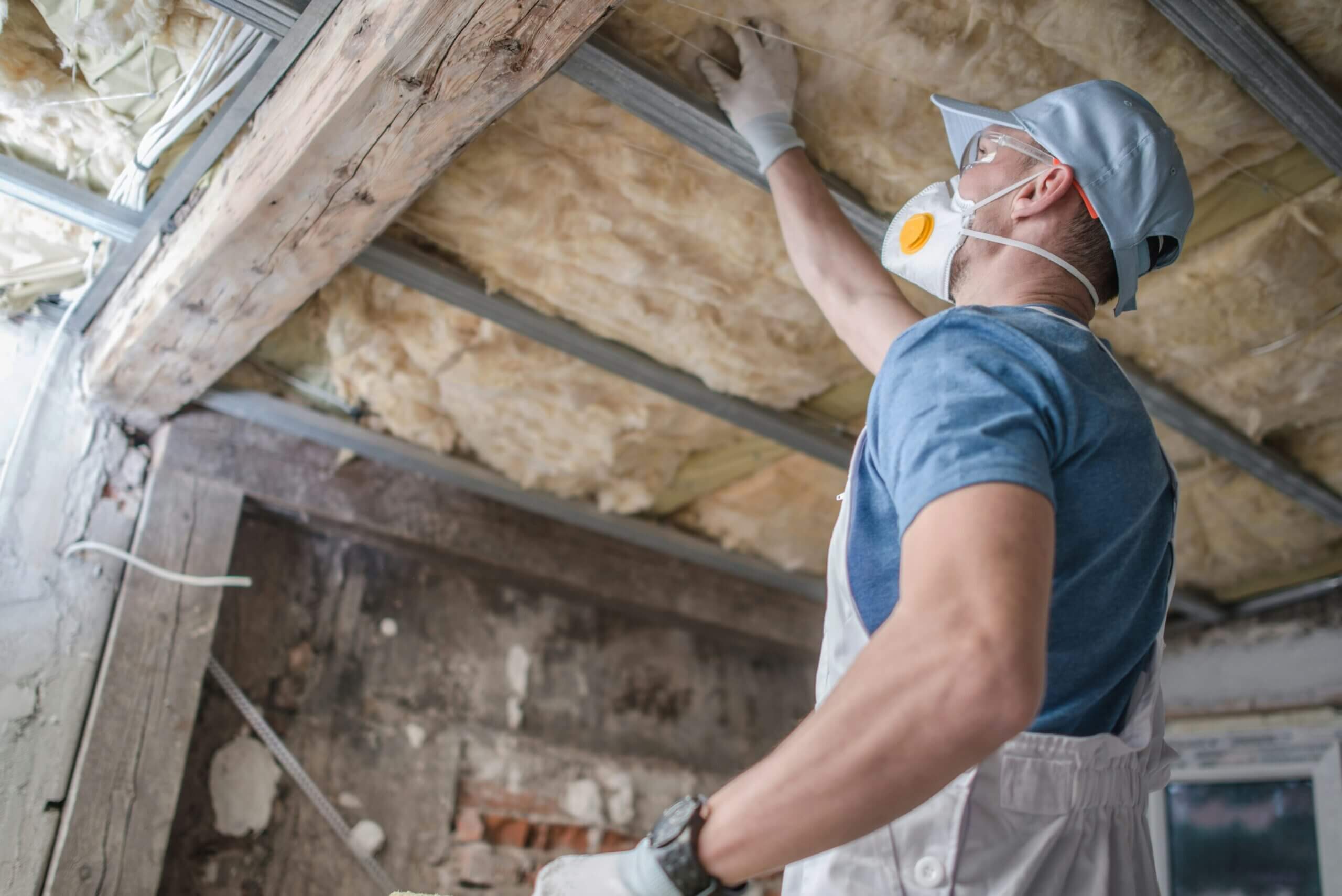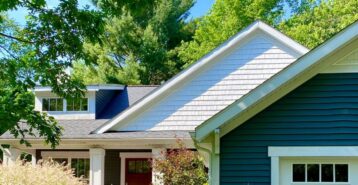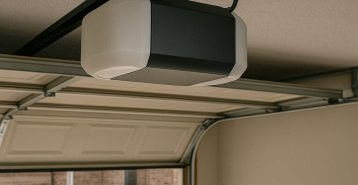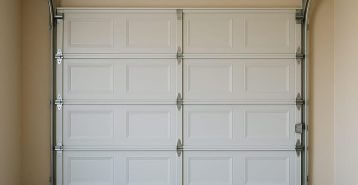What Is Garage Insulation?
Garage insulation is much like insulation in your home. It involves several different insulation materials, which are added to the room’s walls and ceilings to prevent the transfer of heat. Garage insulation serves several purposes:
- Temperature Regulation. Insulation keeps cold air out in the winter and keeps the heat out in summer, leading to better temperature regulation within the space.
- Noise Reduction. Insulation has the added benefit of blocking sound, which can help deaden sounds coming from the outdoors or from within your garage.
- Moisture Protection. When you add insulation, it can help reduce condensation in the space and prevent the growth of mold over time.
How Does Garage Insulation Work?
Like other types of home insulation, garage insulation works by slowing the movement of heat. This helps maintain a stable indoor temperature. If your garage has heat or air conditioning, insulation can also help reduce the amount of work your HVAC system needs to do to keep this portion of your home at the ideal temperature.
- Attached garages, whether they’re heated or not, share walls with your home. The insulation around these spaces can help prevent energy loss between the two areas.
- Detached garages, on the other hand, don’t benefit from energy transfer with your home. These spaces often need their own insulation if they’re to be used as a workspace or studio, for example.
- Garages with attic spaces will benefit from insulation, especially if that attic space is used as a living area or to store valuables.
- Garages with standard ceilings will also benefit from insulation, which prevents heat or cool air from escaping through the roof.
Finally, your garage door is often a big culprit of energy loss and heat transfer. Insulating your door is an easy upgrade that makes a big temperature difference.
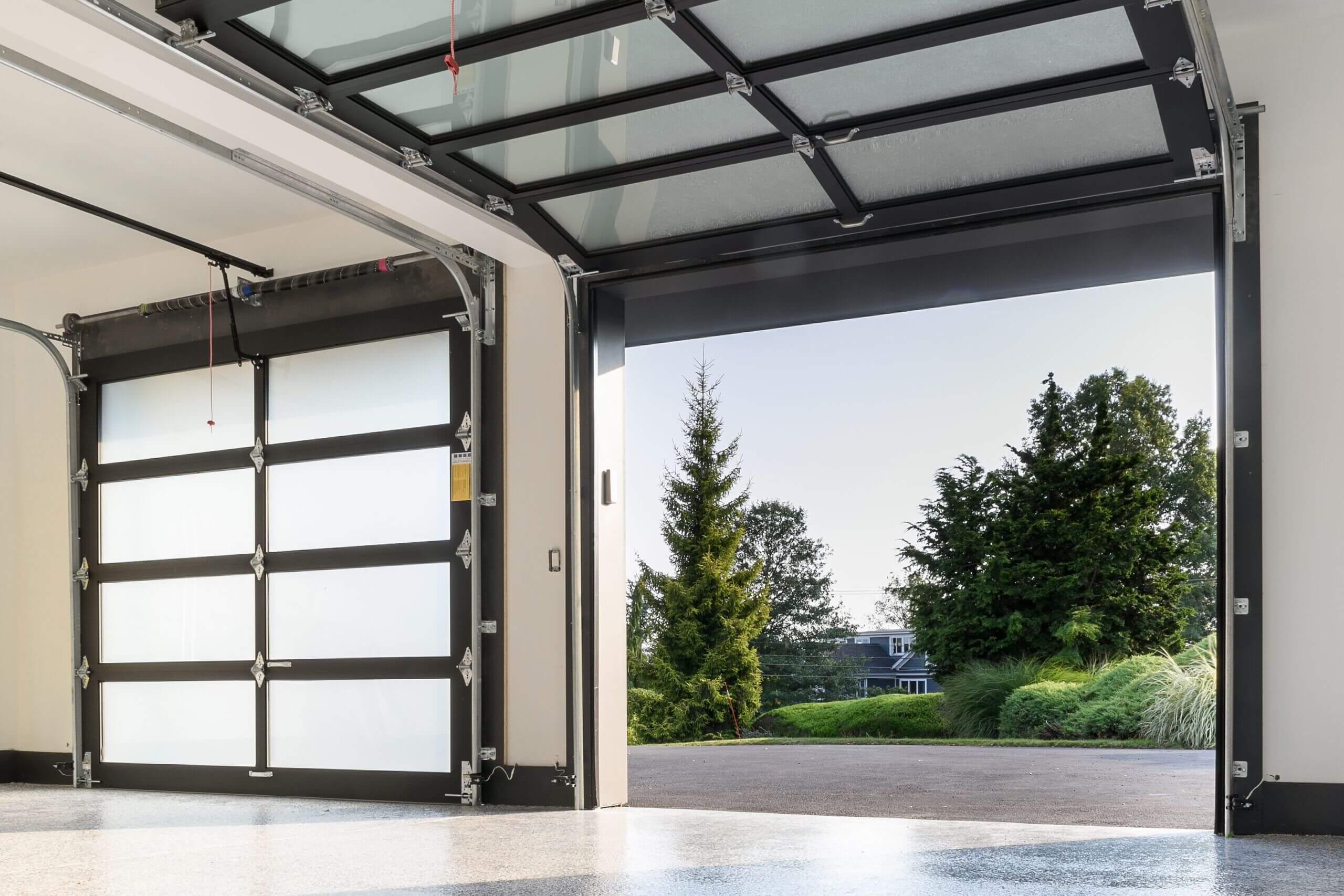
Do You Need Garage Insulation?
Insulation isn’t a must for every garage, but it makes sense in several scenarios. If your garage is fully detached and not being used to store important items, you won’t likely need insulation. Similarly, if you live in a mild climate, garage insulation might not be necessary. You should, however, consider garage insulation if:
- Your garage is attached to your home.
- There’s a living space above or beside your garage.
- You use the garage as a workshop, gym, or living space.
- There are major temperature swings, drafts, or moisture problems.
- You want to protect stored items and valuables from extreme heat or cold.
Cost of Garage Insulation
On average, garage insulation costs between $800 and $3,000, but costs can vary depending on the insulation type, garage size, and whether you insulate just the walls or also the ceiling and door. DIY can save you money but may not deliver the same air-sealing performance.
| Garage Size | Cost Range With Professional Installation |
|---|---|
| Single-car garage | $600 to $2,500 |
| Two-car garage | $800 to $5,000 |
| Three-car garage | $1,200 to $6,000+ |
| National Average | $800 to $3,000 |
Factors That Affect Cost
Several factors will affect the overall cost of insulating your garage, including:
- Garage size and layout
- Type of insulation material used
- Scope of the project to include walls, ceilings, or doors
- Labor rates in your area
- The condition of your existing garage
Ongoing Maintenance Costs
Insulated garages require a bit of upkeep, which will also add to your cost. Expect to do some occasional re-sealing around your doors and windows to maintain the “envelope” of your home.
If your garage experiences water damage or a major pest problem involving mice or termites, for example, you might need to replace insulation.
Finally, you’ll want to check your insulation each year for evidence of moisture to avoid major mold problems.
Benefits of Garage Insulation
If you opt to insulate your garage, you’ll experience several key benefits, primarily with your overall comfort. Insulation will keep your garage cooler in the summer and warmer in the winter. As such, your HVAC system won’t have to work as hard, and you’ll improve your home’s energy efficiency. Doing so can often lead to decreases in your overall utility bills. This is especially true for attached garages.
Insulation not only makes your garage’s temperature stable, but it can also make it possible to use your garage as a gym, workspace, or living space. Stable temps also ensure that any stored items or valuable items won’t be damaged by excess heat or extreme cold — think everything from holiday décor to leftover paint and gardening supplies.
One unexpected benefit of insulation is its noise-blocking properties. Insulated spaces don’t experience as much outside noise, and any sounds you make inside your garage — say with tools — won’t be as loud to those outside.
Finally, insulated garages can often fetch more on the housing market when you go to sell.
Considerations and Limitations
When it comes to insulating a garage, there are certain factors that will affect how smoothly the project goes. Unlike homes, garages are not always built to the same standards and specifications. You could be dealing with an older garage that requires repairs before insulation can be added, for example. Garages with poor ventilation might need work done before insulation is added to prevent moisture from building up.
Your local government might also have building codes in place dictating the kind of work that can be done to a garage with or without a permit. Additionally, some municipalities specify the kind of insulation rating, or R-value, that your structure needs.
Finally, your garage door may need to be insulated to ensure the entire structure benefits. Keep these factors in mind as you approach your project.
Best Types of Garage Insulation
Here’s a breakdown of the most common garage insulation materials:
Fiberglass Batts
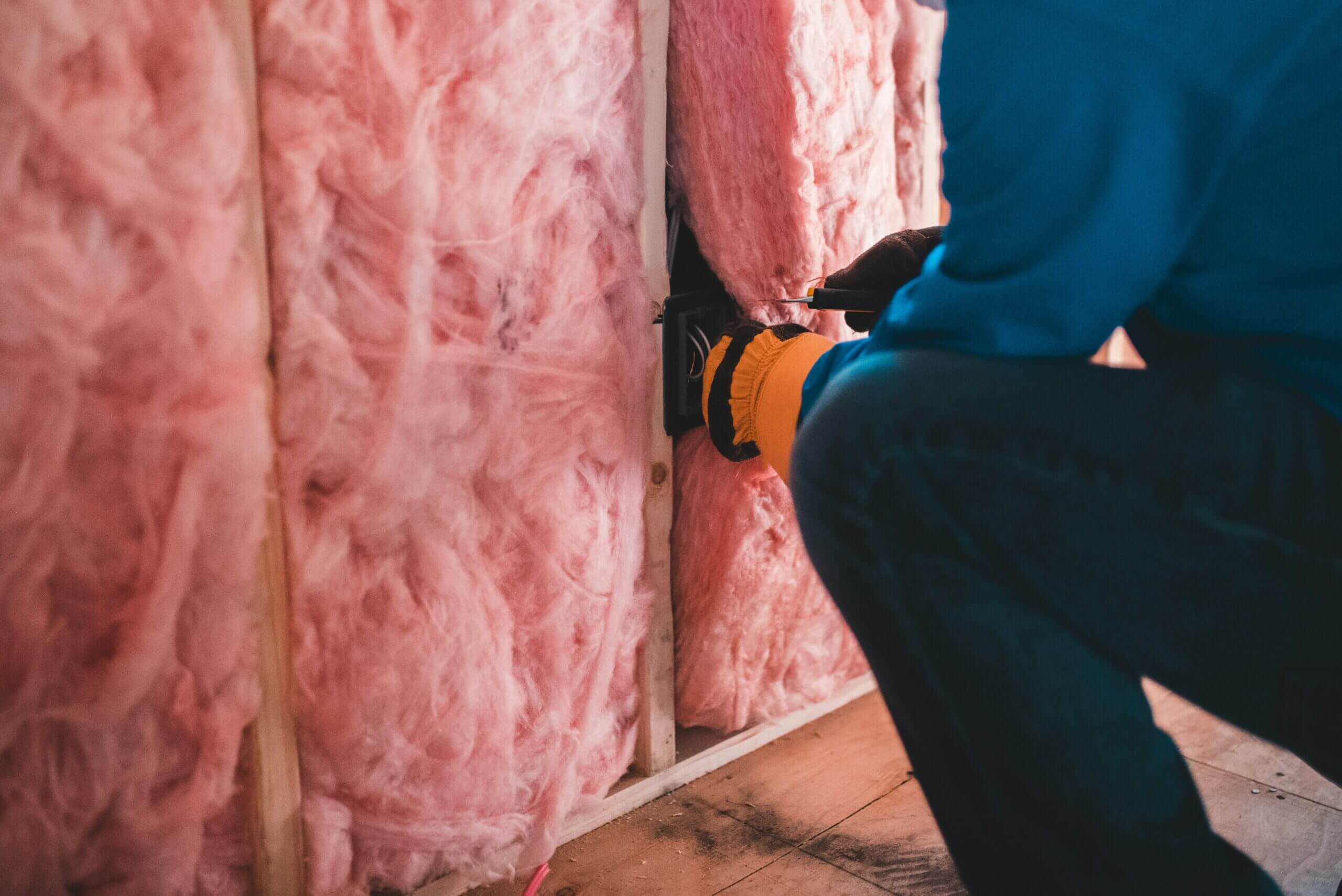
Fiberglass batts are pre-cut fiberglass rolls that are used to blanket a space. They are affordable and easy to install, especially in newer garages with wall cavities. The downside of this type of insulation is that it can sometimes trap moisture, potentially leading to mold growth. However, to prevent this, you can use a vapor barrier when installing.
On average, fiberglass batts typically cost between $0.30 and $1.50 per square foot.
Spray Foam Insulation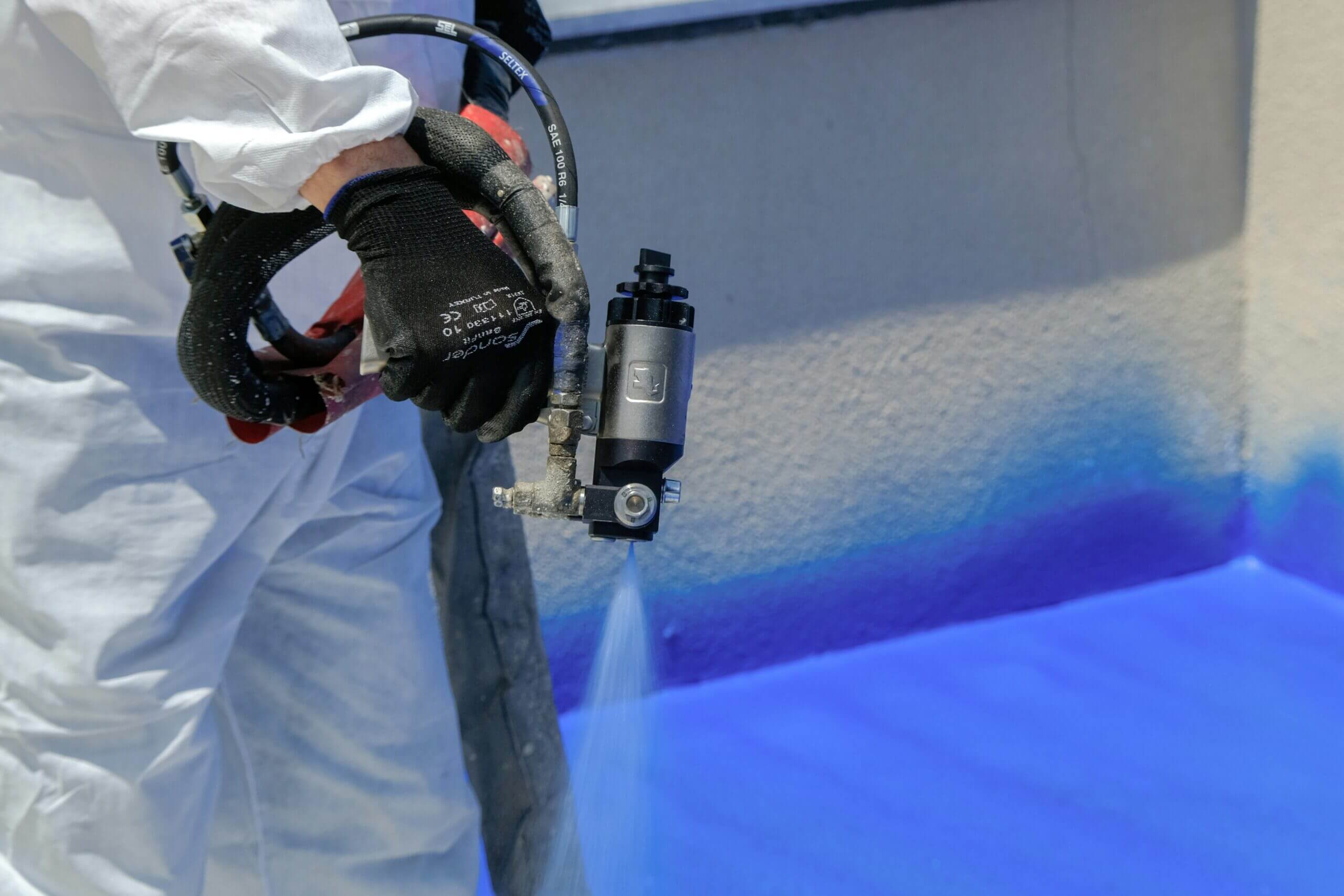
Spray foam insulation is a more expensive and ultimately more effective style of insulation, best installed by a professional. This foam is sprayed into walls and ceilings where it expands to fill gaps and cracks and seal out air. It also works as an effective moisture barrier. Spray foam is best for attached garages and garages that have overhead living spaces.
Closed-cell spray foam ranges in price from $1 to $3.50 per square foot.
Rigid Foam Panels

Rigid foam panels are ideal for garage ceilings and flat walls. These foam boards attach to walls and ceilings before being sealed at the seams. Foam panels are not only moisture-resistant; they also provide a high R-value and come premade. One downside is that they must be carefully sealed to ensure the seams don’t allow air to move through.
Rigid foam insulation panels typically cost between $0.25 and $2 per square foot.
Reflective Foil Insulation 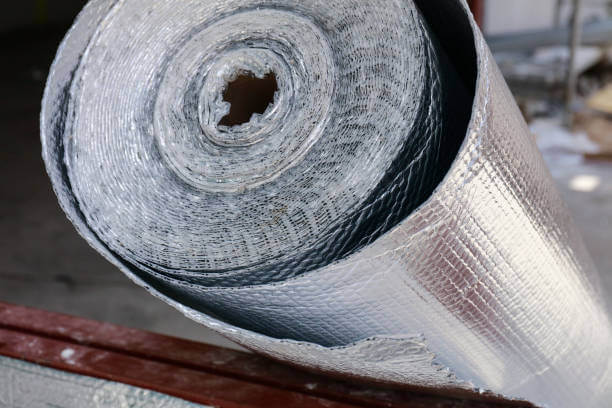
Reflective foil is a type of insulation made with either foil-backed panels or bubble wrap. This type of insulation is lightweight and works by reflecting radiant heat. It’s ideal for insulating garage doors made with metal, although it’s less effective in colder climates.
A DIY kit with this type of insulation ranges in price from $50 to $150, while professional installation could cost between $200 and $400.
Installation Process for Garage Insulation
Insulating a garage can take anywhere from a few hours to a couple of days, depending on the scope of the work.
To begin, you’ll want to inspect all surfaces to make sure they’re ready for insulation.
- Be sure to seal any gaps or cracks you find in the walls and clean all surfaces.
- You’ll want to remove existing drywall, depending on the type of insulation you’re installing.
- Be prepared to either ventilate the space or add moisture barriers, depending on what your type of insulation calls for.
Next, you’ll prepare to install your insulation.
- Begin by measuring the walls, ceiling, and door to ensure you have enough materials.
- Install your insulation either in the gaps in your walls or on top of existing surfaces, if using foam or panels.
- Seal any seams or gaps with caulk or tape.
- If you removed drywall for this project, you’ll need to replace it afterward.
If insulating your garage door, you’ll want to use a product or kit specifically designed for garage doors. Finally, add weather stripping to your garage door and any exterior or interior doors connected to your home, if needed.
DIY vs. Hiring a Pro
Insulating your garage yourself is possible with the right knowledge and materials. Opting for a DIY route will ensure you pay less, and it’s ideal for simpler jobs — ideally ones using garage door kits or fiberglass batts, for example.
Keep in mind that doing this project yourself can lead to gaps and poor seals if done improperly. And you’ll want to ensure you’re meeting local building codes as you go. If you opt to do this yourself, you’ll forgo any warranties offered by professionals.
Professional help is worth the cost for:
- Large or complex garages
- Spray foam or encapsulated systems
- Projects that meet code
- Projects with a time limit
- Homeowners who lack the knowledge or proper tools
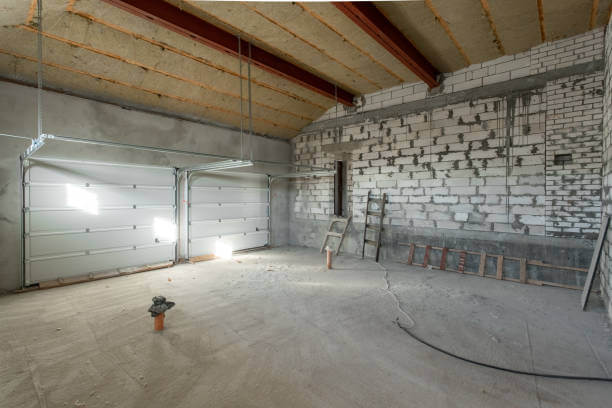
FAQ: Garage Insulation
Before hiring a pro to insulate your garage, it’s important to understand all the relevant details. Below, we’ll answer some common questions about garage insulation.
What’s the best insulation for garages?
Spray foam provides the best performance, but it’s also the most expensive option. Fiberglass batts are the most affordable and commonly used. Rigid foam panels work well for ceilings and garage doors. In short, it depends on what you’re willing to pay and what you need.
How much does garage insulation cost?
Insulating your whole garage will cost anywhere from $1,000 to $4,500, depending on its size, the required materials, and local labor rates. The average is $1,700 to $3,000.
Is insulating a detached garage worth it?
Insulating your detached garage is only really necessary if it’s used as a workspace or if you’re storing items that need stable temperatures. Detached garages used purely for car storage often don’t need insulation.
Can I insulate my garage myself?
Insulating your garage is a DIY-friendly task, especially if you’re using fiberglass batts or door insulation kits. Spray foam and larger jobs are best left to the pros.
Should I insulate my garage door?
Garage doors are one of the biggest sources of heat loss. Insulating your garage door is an affordable step that makes a big difference in your comfort and energy savings.
Is Garage Insulation Worth It?
Garage insulation is well worth the cost if your garage is attached to your home and used frequently. It can also be worth it if you plan to store items that are sensitive to temperature swings. Having insulation in your garage can reduce your overall utility bills while improving comfort and adding to your home’s usable space.
Before you take on this project, consider how much you’re currently using your garage and what you can afford. Finally, consider the local climate. Milder climates won’t benefit as much as those with four robust seasons, for example.
For simple upgrades, you may be able to insulate your garage yourself. For bigger jobs, expect to hire a professional for the best results.
